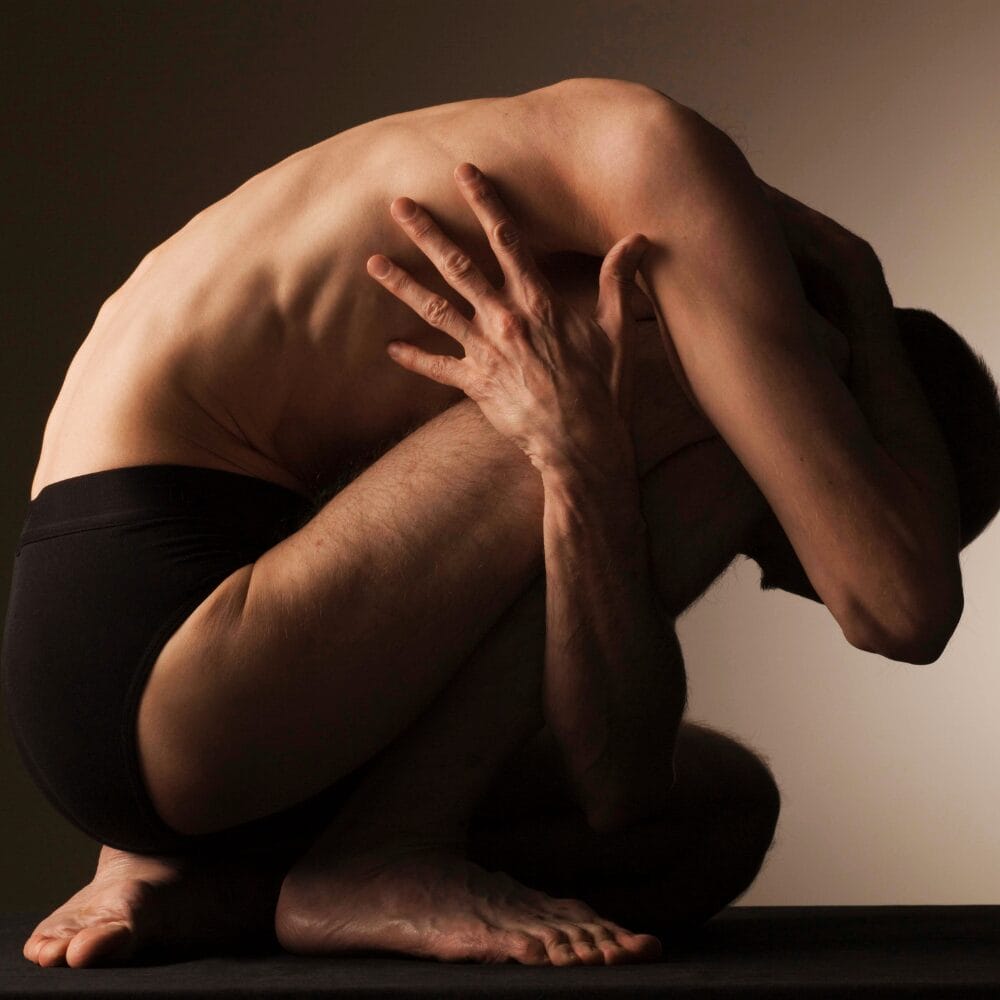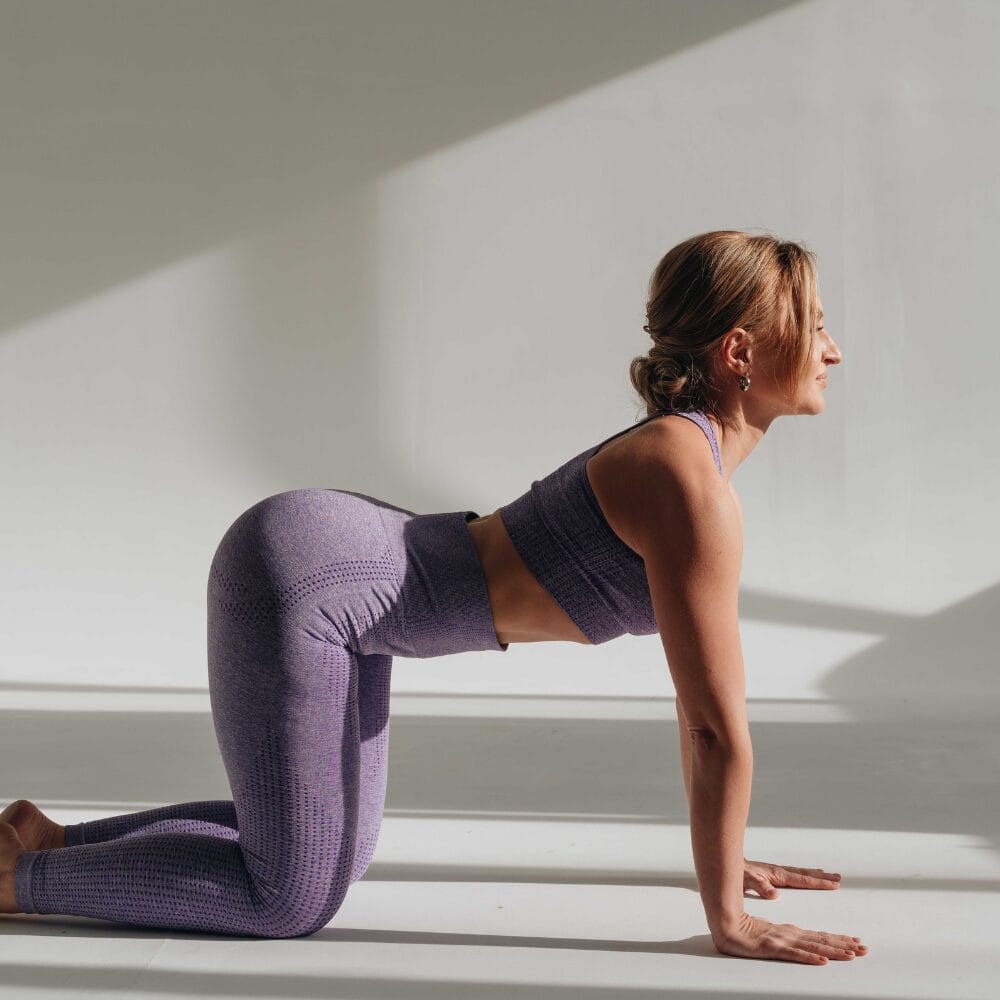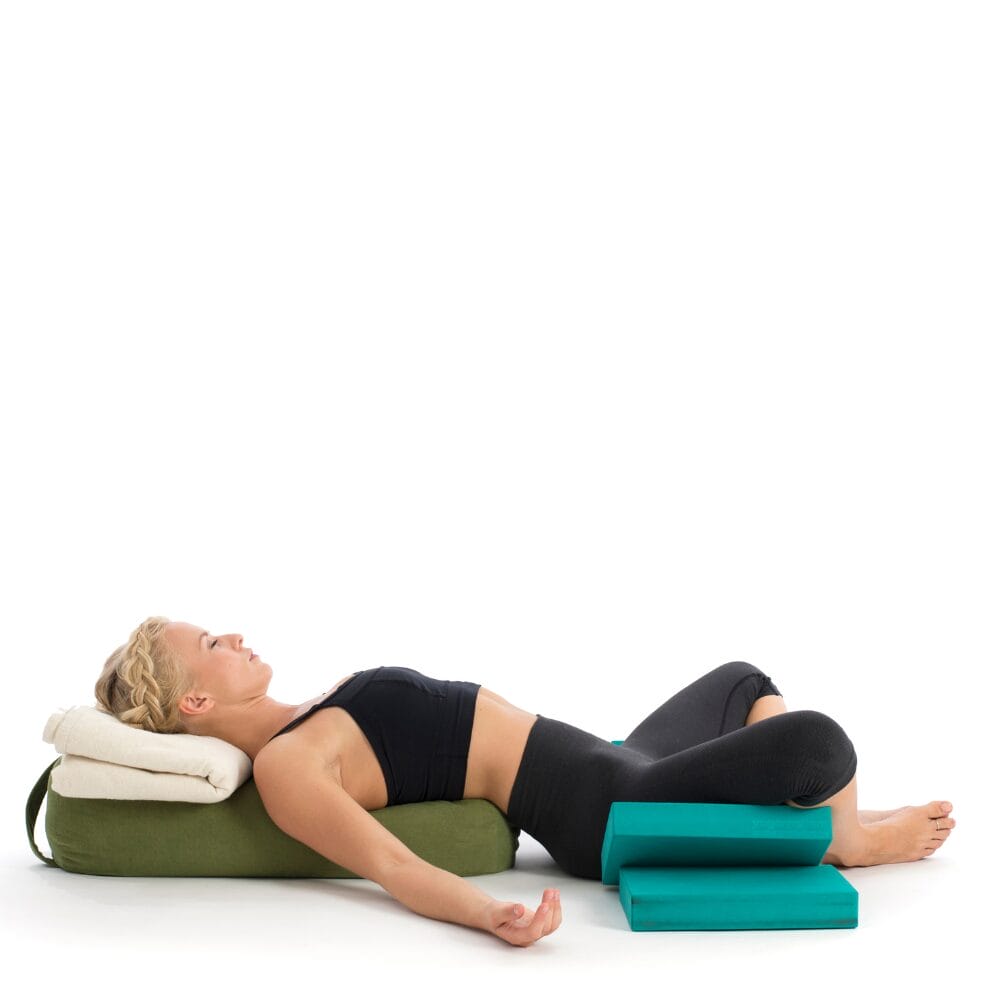The Hidden Impact of Stress on the Body: A Postural Perspective
- Updated - March 12, 2025
Stress's Silent Effect on Your Posture
Stress is often seen as a mental burden, but its effects extend beyond the mind. It influences how we stand, sit, and move, often without realizing it. When stress builds up, our muscles tense, our breathing shifts and our body adapts to a state of heightened alertness. Over time, these changes become ingrained, leading to postural imbalances that contribute to discomfort, stiffness, and long-term movement dysfunction.
Understanding how stress affects posture is key to preventing chronic pain and maintaining overall physical health. The good news? By addressing posture and movement habits, we can also help manage stress more effectively.

How Stress Alters Posture and Movement
When faced with stress, the body enters a protective mode, triggering a series of physical responses designed for survival. These include muscle bracing, shallow breathing, and shifts in alignment – all of which influence posture over time.
1. Increased Muscle Tension and Rigidity
Under stress, the body unconsciously tightens certain muscles. Common areas affected include the shoulders, neck, jaw, and lower back. The shoulders tend to rise, the jaw clenches, and the chest tightens, creating a rigid and compressed posture. This tension can lead to restricted movement, increased stiffness, and discomfort if it remains unaddressed.
Discover a practitioner near you.
Looking for a practitioner near you? Our extensive network of qualified professionals is here to help you.
2. Shallow Breathing and Its Postural Consequences
Breathing patterns change under stress, often becoming shallow and rapid. Instead of engaging the diaphragm for deep, full breaths, the body relies on the chest and neck muscles. This habit reinforces forward head posture, limits ribcage expansion, and reduces oxygen intake, leading to fatigue and increased muscular strain.
3. Forward Head Posture and Stress-Related Adaptations

Many stress-related postural shifts are linked to daily habits, such as long hours in front of screens or prolonged sitting. A common result is forward head posture, where the head juts forward, placing excessive strain on the neck and upper back. This can contribute to tension headaches, neck discomfort, and a sense of heaviness in the shoulders.
4. The Role of Fascia in Stress and Movement
Fascia, the connective tissue that surrounds muscles and organs, is highly responsive to stress. When the body remains in a tense state, the fascia “stiffens”, reducing flexibility and adaptability. Over time, this can limit the range of motion, alter movement patterns, and increase susceptibility to pain or injury.
The Nervous System's Role in Stress and Posture
The body’s stress response is controlled by the autonomic nervous system, which has two main branches:
- The Sympathetic Nervous System (SNS): Often referred to as the “fight-or-flight” system, the SNS activates during stress, increasing muscle tone, heart rate, and alertness. While useful in short bursts, prolonged activation keeps the body in a state of high tension, reinforcing poor postural habits.
- The Parasympathetic Nervous System (PNS): Known as the “rest-and-digest” system, the PNS promotes relaxation, reduces muscle tension, and supports recovery. When stress is managed effectively, this system helps restore balance, allowing the body to release tension and realign posture naturally.
When the SNS dominates for extended periods, postural imbalances become more pronounced. Shoulders remain elevated, the spine stiffens, and the body settles into protective patterns that make movement less fluid and comfortable.
The Hidden Effects of Stress on Postural Awareness

Stress doesn’t just alter physical posture; it also affects the body’s ability to sense and adjust its position in space. This function, known as proprioception, plays a key role in coordination and movement control.
When stress is prolonged:
- Awareness of posture and movement decreases, leading to inefficient patterns.
- Protective postures become habitual, limiting flexibility and ease of motion.
- The body’s ability to self-correct diminishes, making posture-related discomfort more likely.
Restoring nervous system balance through intentional movement, breathwork, and postural awareness can help reverse these effects.
Breaking the Stress-Posture Cycle

Since stress influences posture and poor posture reinforces stress, addressing both is essential for long-term well-being. Here are key strategies for restoring balance:
1. Breathwork and Diaphragmatic Activation
Deep, slow breathing through the diaphragm helps regulate the nervous system, shifting the body into a more relaxed state. This reduces muscle tension and encourages better spinal alignment and oxygenation.
2. Myofascial Release and Movement Practices
Incorporating soft tissue techniques and mindful movement helps release tension stored in the fascia and muscles. Simple self-massage methods, stretching, or rolling out tight areas can improve circulation and mobility.
3. Postural Awareness and Movement Variety
Developing posture awareness throughout the day prevents stress from embedding into the body. Frequent position changes, mobility exercises, and conscious adjustments (such as lowering the shoulders and elongating the spine) help maintain alignment.
4. Manual Therapy and Nervous System Reset
Hands-on bodywork can play a key role in restoring postural balance and regulating the nervous system. Myofascial release, joint mobilization, massage therapy, and other soft tissue techniques help reduce muscular tension, improve movement quality, and support relaxation. By calming the body’s stress response, these methods allow for better postural alignment and ease of movement.
5. Reducing Ergonomic and Environmental Stressors
Living with Ehlers-Danlos Syndrome (EDS) involves navigating a complex array of challenges that extend beyond the medical to impact every aspect of daily life. Individuals with EDS often require a multifaceted approach to manage their symptoms and maintain their quality of life. This section expands on the strategies and adaptations necessary for living with EDS.
Final Thoughts: Bringing Posture and Stress into Balance

Stress is not just a mental or emotional issue. It affects how we breathe, move, and hold ourselves, often without realizing it.
Getting out of a stress-driven posture is not just about relaxing. It is about helping the body move better again. Simple habits like mindful breathing, regular movement, and paying attention to posture can help reset the nervous system, release tension, and restore natural movement.
The goal is not to force perfect posture but to create a body that moves well, adapts easily, and stays comfortable under stress or at rest. By looking at stress through the lens of posture and movement, we can improve how we feel and function every day.
Take the Next Step: Find a Practitioner Who Understands Posture and Stress
If stress is taking a toll on your posture and movement, working with a knowledgeable practitioner can make all the difference. The PostureGeek Practitioner Directory connects you with professionals specializing in posture, movement, and bodywork. Whether you’re looking for myofascial release, physiotherapy, chiropractic care, or another approach, you’ll find experts who can help you move better, feel better, and break free from stress-driven patterns.
🔎 Find a practitioner near you today and take the first step toward lasting postural health! Browse the Directory
Resources
Articles:
Machine Learning-Based Detection of Acute Psychosocial Stress from Body Posture and Movements
Description:
- This study explores how acute psychosocial stress affects body posture and movements, suggesting that stress can lead to changes in body movements and posture, which can be used as markers for stress detection.
Changes in Cortisol Awakening Response and Blood Lactate
Description:
- This research highlights how stress levels can influence postural stability, particularly when visual information is not used in postural control. It shows that stress can impact physical balance and posture.
Correlation of Forward Head Posture with Perceived Stress
Description:
- This study demonstrates a significant relationship between forward head posture and perceived stress, indicating that stress can contribute to postural imbalances such as forward head posture.
The Relationship between Stress and Masticatory Muscle Activity
Description:
- This article examines the link between stress and muscle tension, specifically in the masticatory muscles. It shows that stress can increase muscle activity, which can lead to postural and movement issues.
PLEASE NOTE
PostureGeek.com does not provide medical advice. This information is for educational purposes only and is not intended to be a substitute for professional medical attention. The information provided should not replace the advice and expertise of an accredited health care provider. Any inquiry into your care and any potential impact on your health and wellbeing should be directed to your health care provider. All information is for educational purposes only and is not intended to be a substitute for professional medical care or treatment.
About the author
Join our conversation online and stay updated with our latest articles.
Find Expert Posture Practitioner Near You
Discover our Posture Focused Practitioner Directory, tailored to connect you with local experts committed to Improving Balance, Reducing Pain, and Enhancing Mobility.
